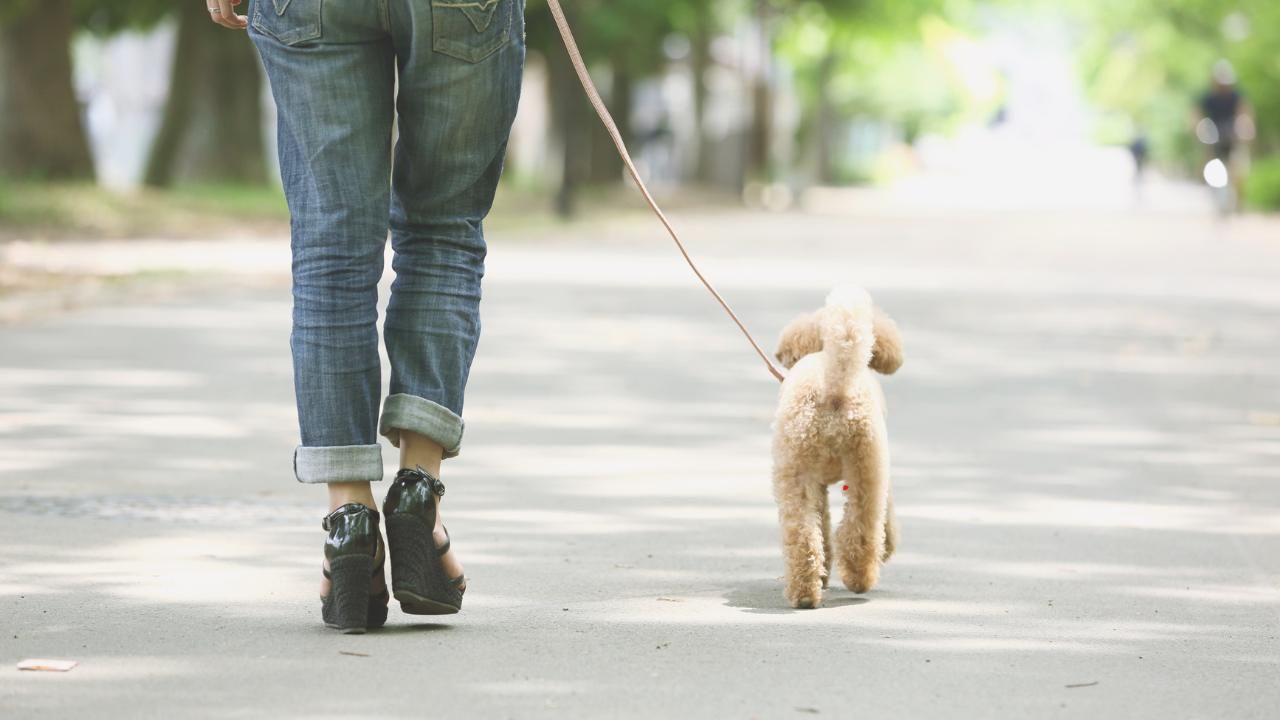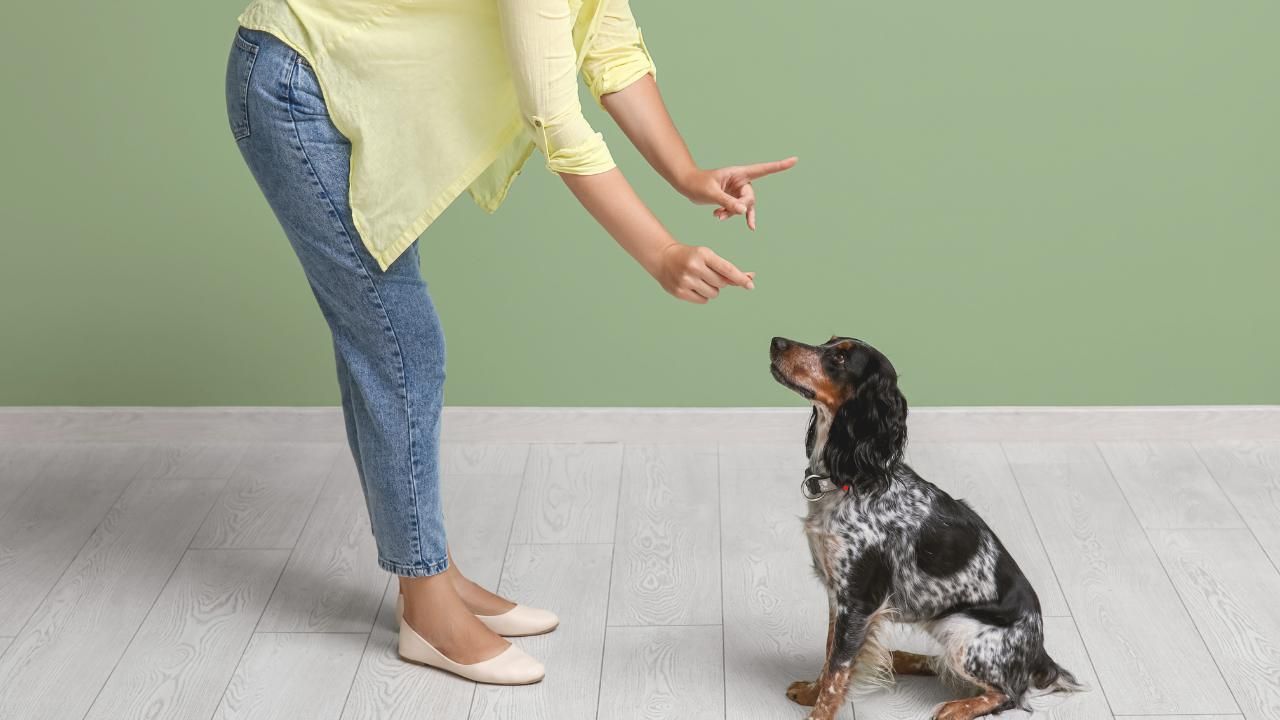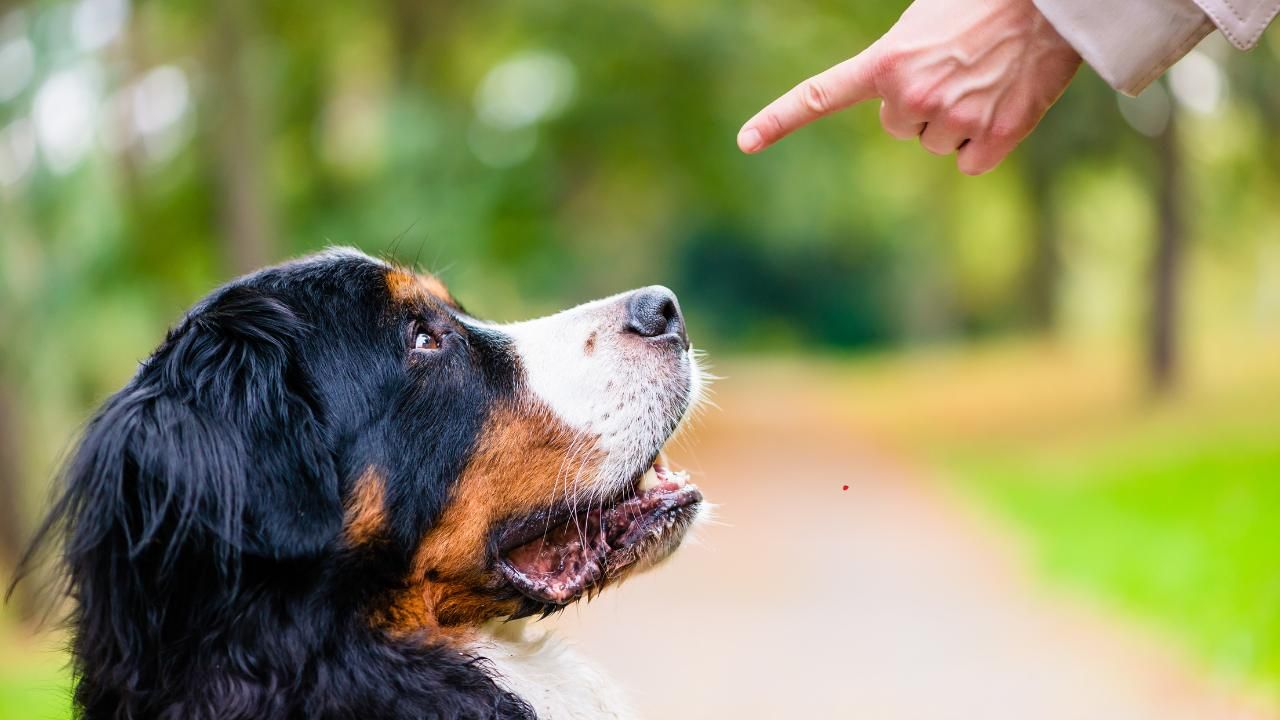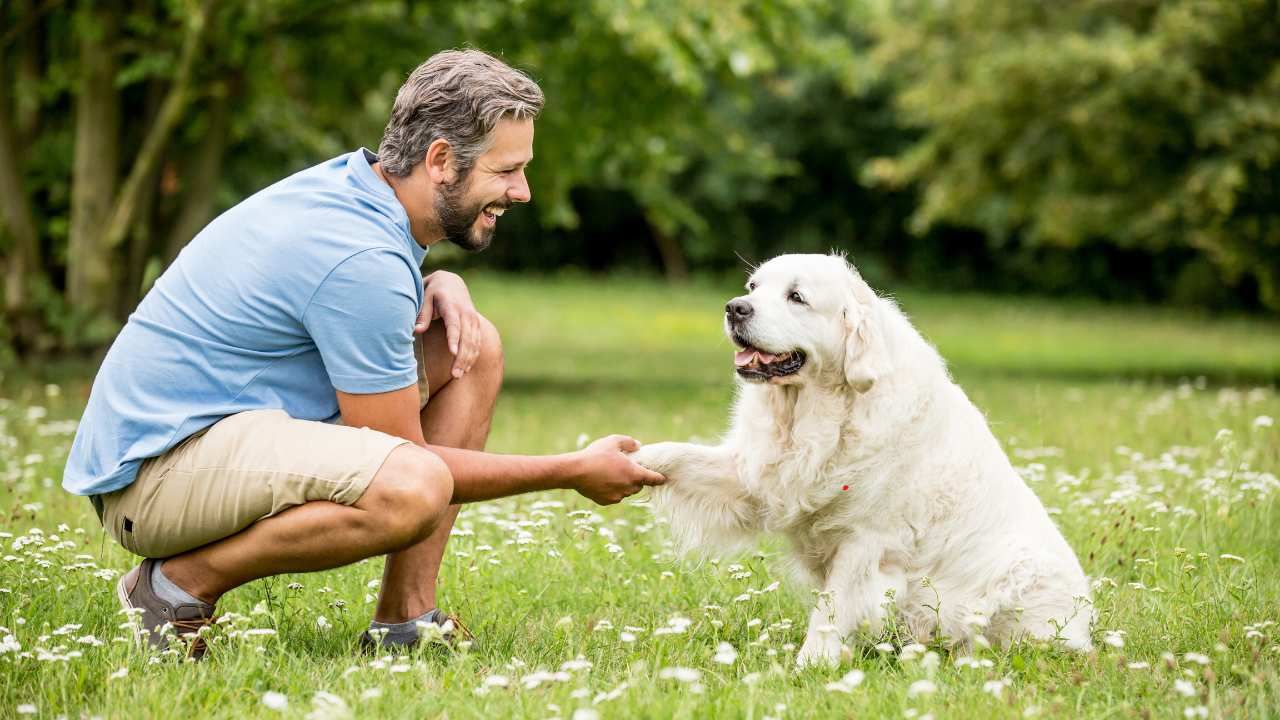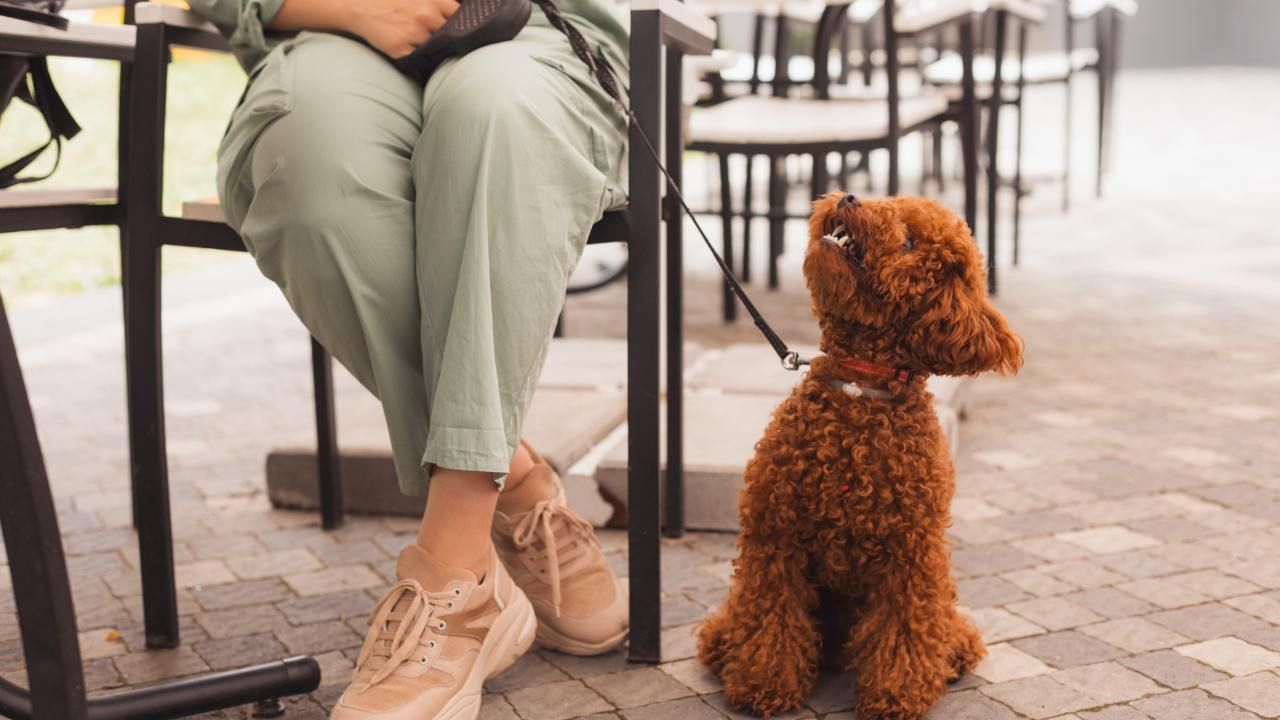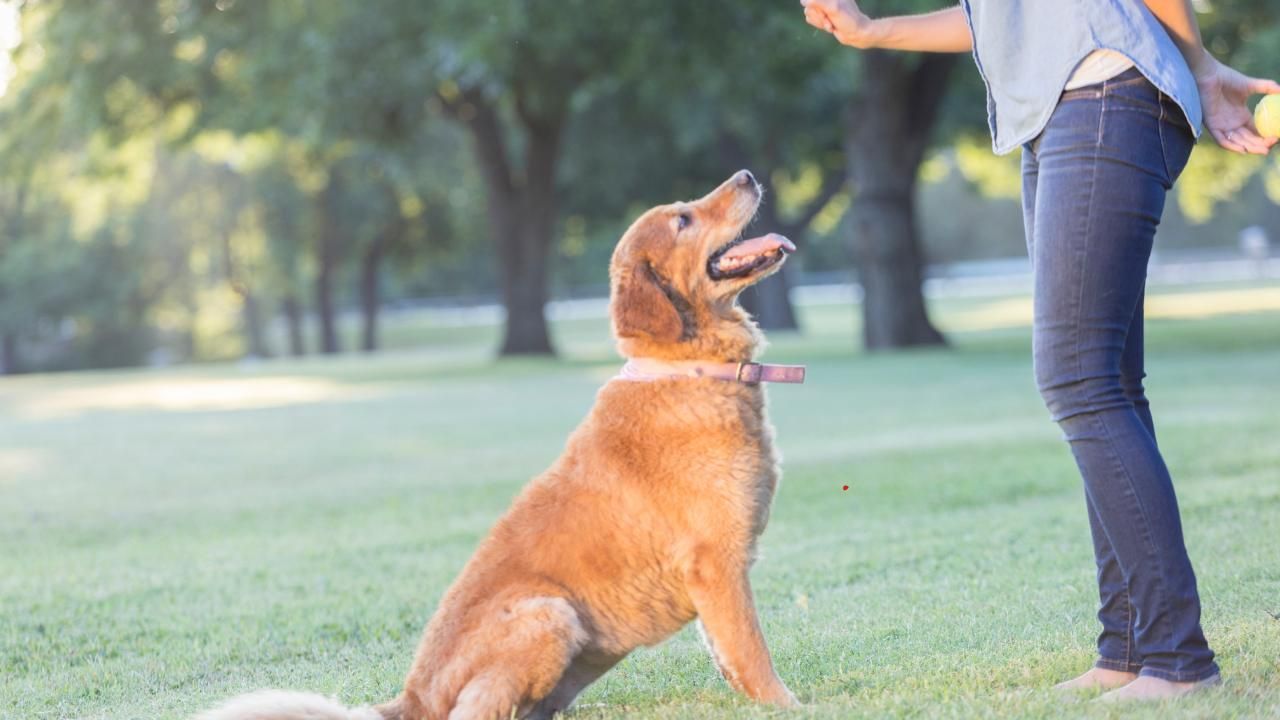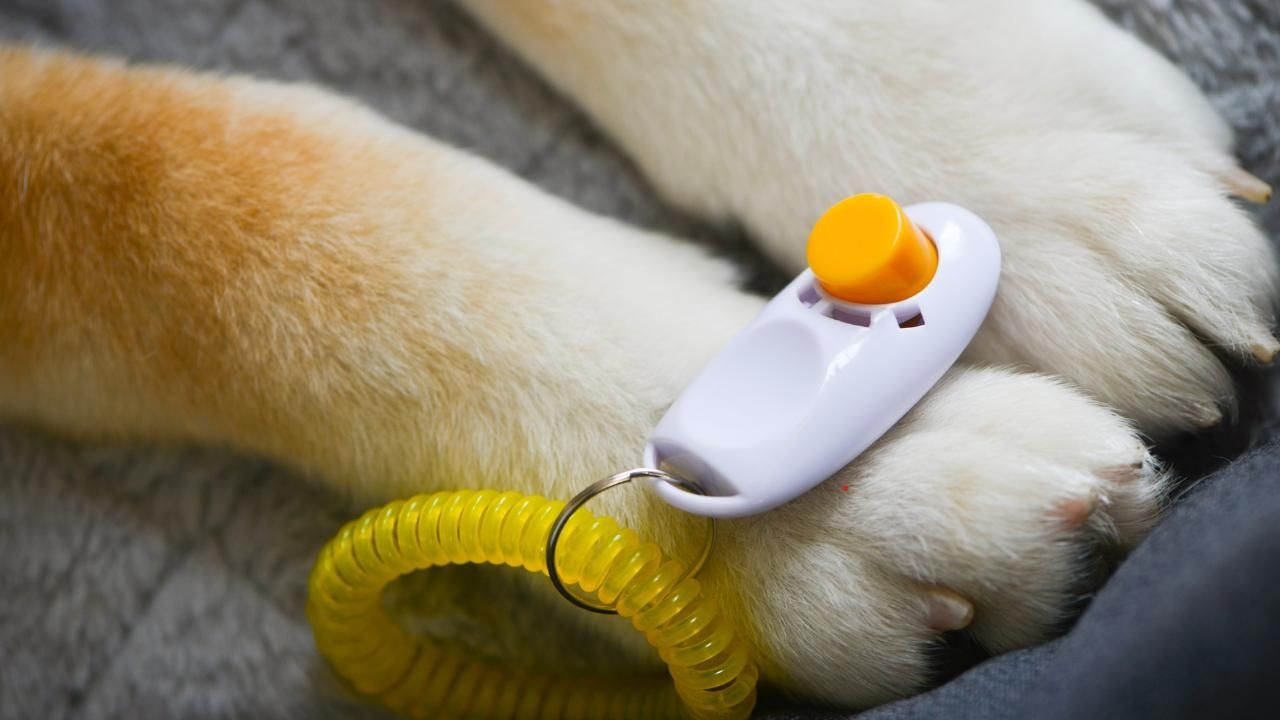Mastering the Basics: The First 5 Commands Every Dog Should Know
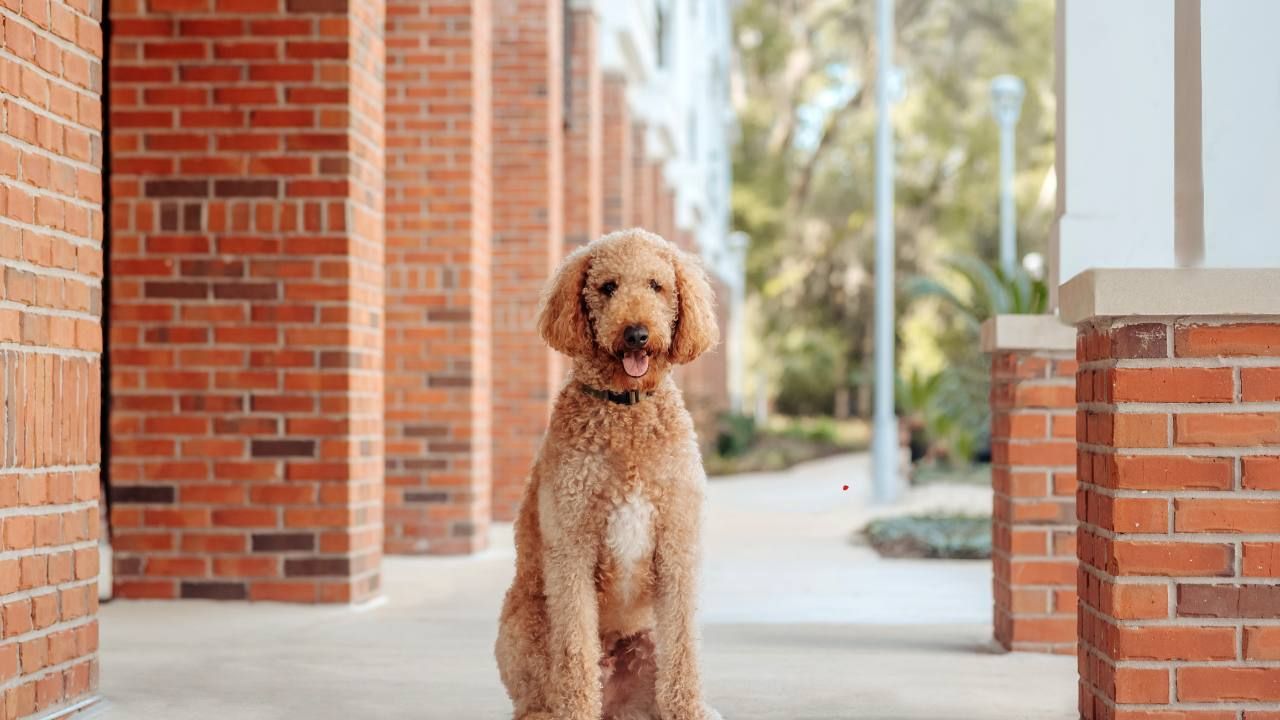
Training a dog isn’t just about teaching tricks—it’s about creating a foundation for safety, structure, and trust. Whether you’re working with a new puppy or exploring Golden Doodles for sale in Cottonwood AZ, those first commands you teach will shape your relationship for years to come. Reputable breeders like Doodling Pups, LLC know the value of starting with the basics, which is why many also offer obedience foundations or even fully trained dogs for sale in Cottonwood AZ for families who want a head start.
In this post, we’ll break down the first five commands every dog should know, explain why they matter, and give you simple steps to start practicing.
1. Sit: The Foundation of Obedience
“Sit” is often the very first command taught because it’s simple and useful in almost every scenario. Teaching a dog to sit helps calm excitement, prevent jumping, and get your pup focused on you.
How to teach:
- Hold a treat close to your dog’s nose.
- Move it slowly upward, causing their head to follow and bottom to naturally lower.
- Once seated, say “Sit” and reward immediately.
This command lays the groundwork for impulse control, which makes all other training easier.
2. Stay: Safety in One Word
“Stay” teaches patience and self-control, preventing your dog from bolting into unsafe situations. A reliable “Stay” can save your dog’s life if they ever approach a busy street or unfamiliar environment.
How to teach:
- Ask your dog to sit.
- Hold your palm in front of their face and firmly say “Stay.”
- Take one step back. If they remain still, reward them. Gradually increase distance and time.
The key is consistency and building up slowly so your dog learns that “Stay” always earns positive outcomes.
3. Come: The Lifesaving Recall
A strong recall command—“Come”—is arguably the most critical. It ensures your dog returns to you no matter the distraction.
How to teach:
- Start indoors or in a fenced yard.
- Crouch low, open your arms, and say “Come” with excitement.
- Reward heavily when your dog runs back.
Make it fun and rewarding so your dog never hesitates when called. Avoid using “Come” to end playtime or punish your pup; otherwise, the word loses its happy association.
4. Down: Promoting Calm Behavior
“Down” encourages relaxation and keeps your dog in a submissive, calm state. This command is particularly useful during social events, vet visits, or mealtimes.
How to teach:
- Ask your dog to sit.
- Hold a treat to the floor and move it away slowly.
- As your dog follows, they’ll naturally lower into a lying position.
- Once down, say the command clearly and reward.
Patience is key here—some dogs resist this position at first, but practice builds trust.
5. Leave It: Stopping Bad Habits Before They Start
Dogs are curious by nature, and “Leave it” prevents them from picking up harmful or unwanted objects. Whether it’s dropped food, shoes, or something toxic on a walk, this command keeps them safe.
How to teach:
- Place a treat in your closed hand and show it to your dog.
- When they sniff, lick, or paw, don’t open your hand.
- The moment they stop trying, say “Leave it” and reward with a different treat.
Over time, your dog learns that ignoring temptation earns a bigger reward.
Case Study: Training Success in Action
A family in Arizona adopted a playful Goldendoodle puppy and immediately started with these five commands. Within weeks, their dog was sitting politely before meals, staying calm around kids, and coming when called at the park. The simple routine of daily practice turned a rowdy pup into a well-mannered family companion, proving how powerful these basics really are.
Building a Lasting Bond
Mastering these five commands creates more than obedience—it builds trust and respect. Your dog learns to look to you for guidance, while you gain peace of mind knowing they’ll listen when it matters most. Start small, keep sessions short, and always end on a positive note. With patience and consistency, these commands will become second nature, creating a happy, safe, and rewarding relationship with your dog.
Ready to start your dog's training journey?
Contact us to learn how we can help.

